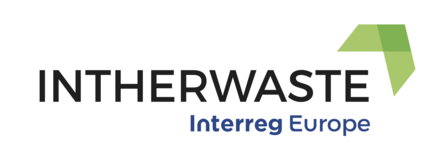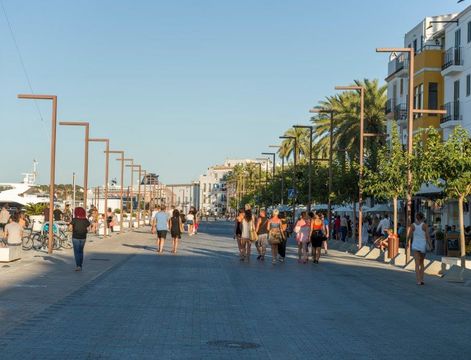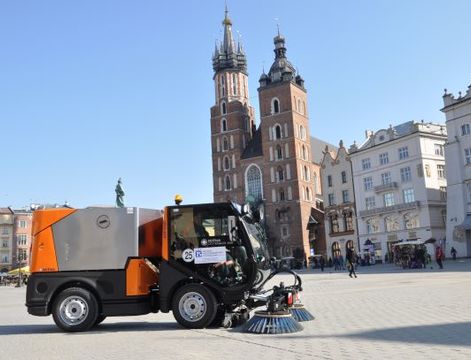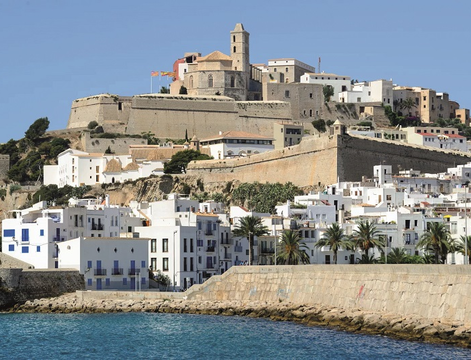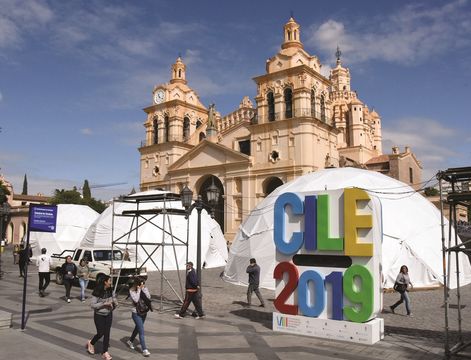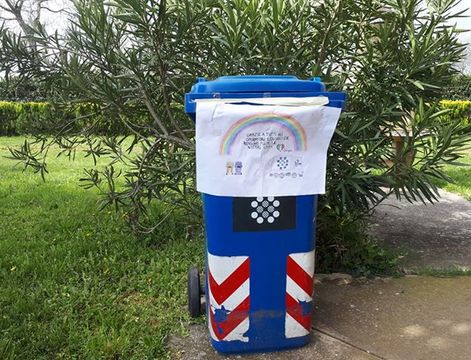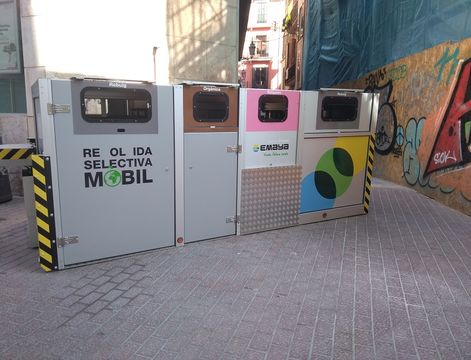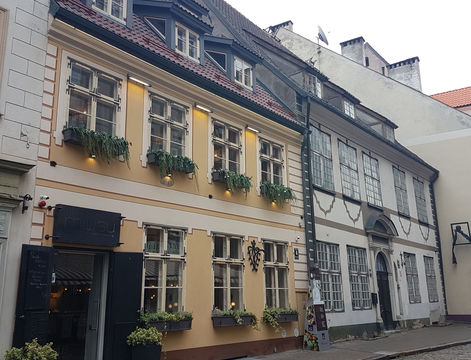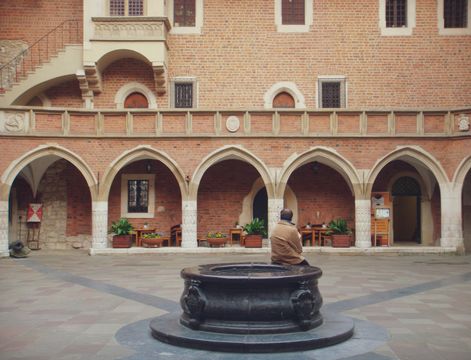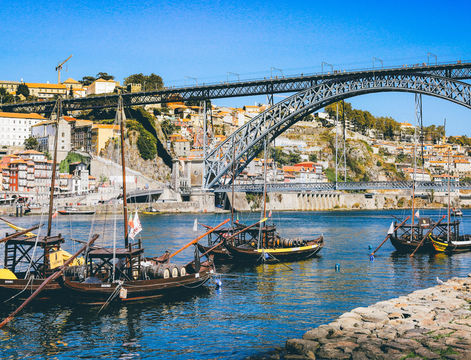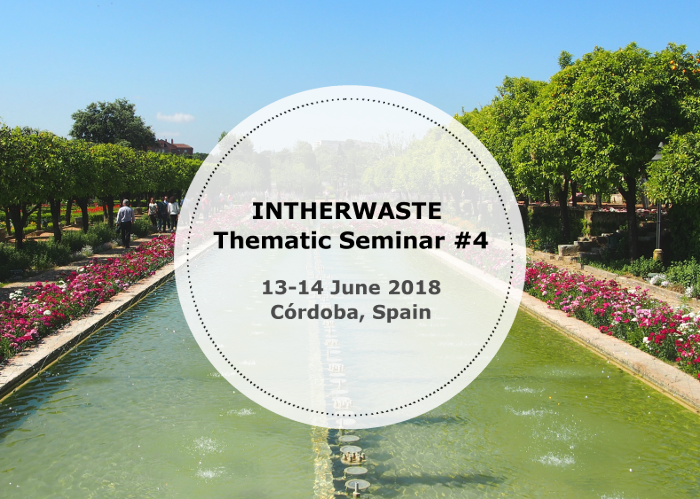Over the past months, the five INTHERWASTE pilot cities have held several bilateral meetings in order to study in situ some practices presented during the thematic seminars organised by the project.
On 31 July 2018, partners from the Municipality of Krakow with a stakeholder from the Municipal Cleaning Company Ltd. participated in a bilateral meeting in Porto with another INTHERWASTE partner, Porto Ambiente. The study visit focused on underground containers, which Porto is well-experienced in. This practice was presented during the first INTHERWASTE thematic seminar on Waste Deposit in Heritage Areas, which took place in Porto on 9 March 2017. The Municipality of Krakow is planning to implement this practice in underground containers in order to improve the aesthetics of the city as well as its waste management system.
The meeting began in the headquarters of the Divisão Municipal de Limpeza Urbana e Transporte (Municipal department for urban cleanliness and transport) in Porto. After a short introduction by the officials of the company, Helder Claro gave a presentation about the underground containers in Porto including their structures and components, construction solutions, emptying process, differences between underground and semi-underground containers, characteristics of the vehicle for cleaning the containers, installation process, and investment and maintenance costs.

In Porto, 260 underground containers’ points for waste collection are placed. They gather 635 underground containers, dedicated to fractions such as paper, plastic and metal, glass and residual waste. The structures of these containers can vary:
• for side and rear loading systems, the structure has a hydraulic lifting system to elevate the platform with the bins to the surface,
• the lid is opened by a hydraulic, electric or mechanical system, giving access to the containers that are then pulled over using the crane of the collection vehicle. In this configuration, the same structure can hold several containers,
• the top bin, the lid, and the container are all connected as one single component. During the collection, all these elements are pulled over together by a crane.
The next bilateral meeting will take place on 10 October 2018 in Nice, where partners from the Municipality of Krakow will attend a study visit on giving second life to bulky waste.
Find out more about the other bilateral meetings taking place within the
INTHERWASTE project: www.interregeurope.eu/intherwaste/news/
